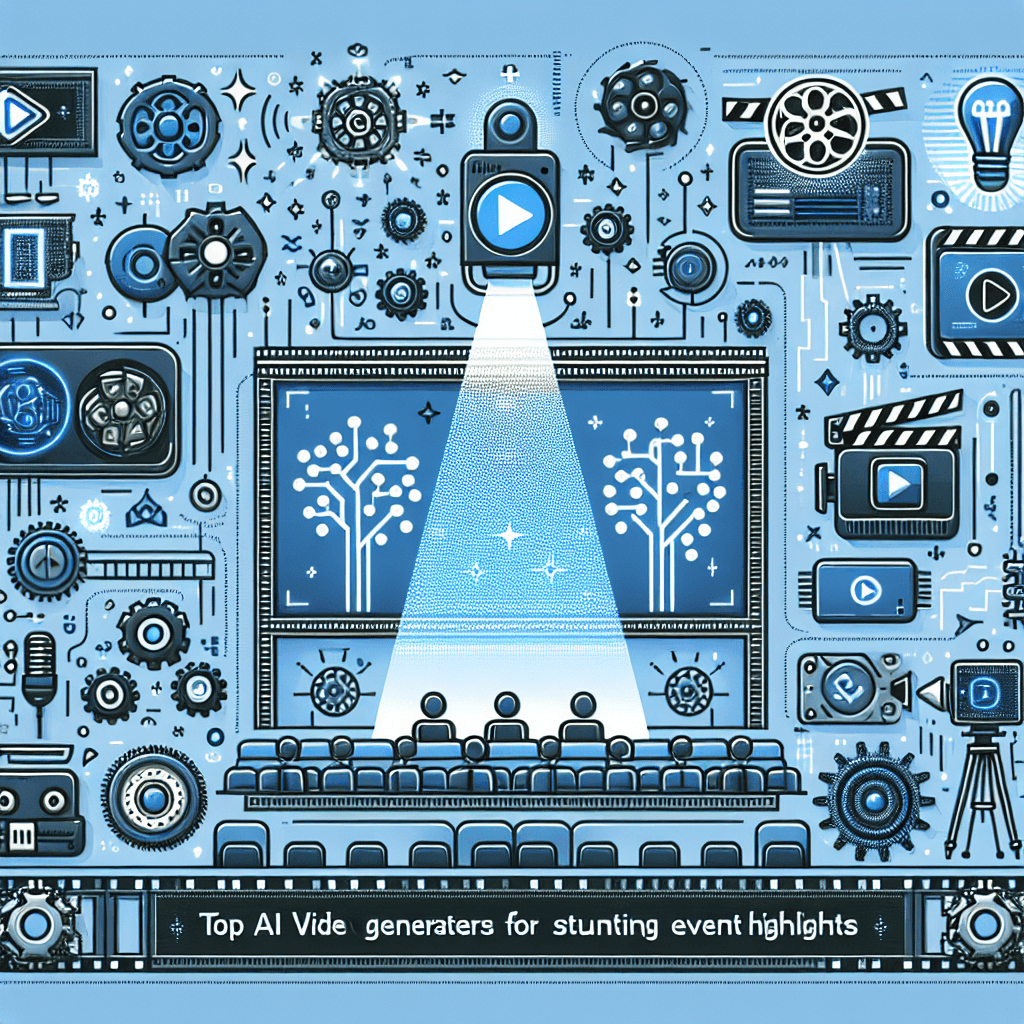In the wake of the digital transformation witnessed in education, virtual classroom management has become critical. As schools and institutions pivot to online learning, having the right tools can significantly enhance the teaching and learning experience. This article dives into the top AI tools that can streamline this process and improve outcomes for both educators and learners.
The New Era of Education Technology
The shift toward online education has shed light on the importance of effective virtual classroom management. Teachers are now tasked with creating engaging environments that resonate with students from afar. This task can be daunting, but technology can further facilitate the transition.
Why Choose AI for Classroom Management?
AI tools serve as invaluable assets in virtual classrooms. They can automate administrative tasks, provide real-time feedback, and enhance student engagement. By harnessing the power of AI, educators can focus more on teaching and less on logistical challenges.
1. Classroom Management Software: A Must-Have
One of the pillars of effective virtual teaching lies in classroom management software. Platforms like ClassDojo and Google Classroom offer intuitive interfaces that help teachers monitor student activities and participation easily. These tools enable interactive sessions and provide analytics to track student engagement.
2. Interactive Learning Platforms
Interactive learning platforms, such as Kahoot! and Nearpod, make the educational experience more dynamic. They offer quizzes, games, and interactive presentations that keep students engaged. These platforms use AI to customize content based on student performance, fostering a more personalized learning experience.
3. Automated Grading Systems
Grading assignments and assessments can be a burdensome task for educators. Tools like Gradescope use AI to streamline the grading process, ensuring that instructors can provide timely feedback to students. This not only saves time but also enhances the learning experience by allowing for quick adjustments based on student needs.
4. Virtual Assistants in Education
AI-driven virtual assistants, such as Socratic by Google, can serve as invaluable resources for students. They can answer questions, provide explanations, and assist with homework by pulling from extensive databases. Incorporating these tools not only enhances student learning but also fosters independence.
5. Communication is Key
Effective communication is crucial in virtual settings, and tools like Slack and Zoom facilitate this interaction. These platforms incorporate AI features such as transcription and automated meeting scheduling, allowing for seamless communication between students and teachers.
6. Real-Time Feedback Mechanisms
Feedback is essential for learning, and platforms like ResponseWare provide real-time insights on student comprehension. Teachers can quickly assess whether a lesson is resonating with students, enabling immediate adjustments in teaching methodology.
7. Learning Analytics Tools
Understanding student performance is easier with AI-powered analytics tools. Systems like Brightspace and Canvas track progression and engagement, helping educators identify patterns and areas needing improvement.
8. Personalized Learning Experiences
AI can help tailor the educational experience to the individual needs of learners. Tools like DreamBox and Zearn adapt to student responses, providing customized paths to mastery based on their unique learning pace and style.
9. Gamification: Making Learning Fun
Incorporating gamification into lessons can transform the educational experience. Platforms like Quizizz leverage AI to integrate game-like quizzes into instructional material, thus motivating students to participate actively and enhancing their learning.
10. Content Creation and Curating Tools
Creating engaging content can be challenging. AI-driven tools like Canva and Loom help educators create visually appealing presentations and instructional videos that captivate student attention.
11. Virtual Reality in Learning
It’s not just about AI – integrating Virtual Reality (VR) tools like ClassVR can immerse students in interactive learning environments. This makes distance learning more engaging and helps bring complex subjects to life.
12. Assessment Tools: Keeping Track of Progress
Assessment is a continuous process in education. AI tools such as Turnitin not only look for plagiarism but also provide insights on students’ writing skills, thus ensuring that learning objectives are met.
13. Collaborative Learning Environments
Fostering teamwork is essential even in virtual settings. Platforms like Microsoft Teams utilize AI to support collaboration, allowing students to work together on projects seamlessly.
14. Parental Involvement and Engagement
Involving parents in the learning process is crucial. Tools like Seesaw enable teachers to share student progress with parents easily, creating a supportive learning community.
15. Time Management Tools for Educators
AI can aid teachers in managing their time effectively. Tools like Trello and Asana allow educators to organize lessons, track assignments, and keep their schedules in order.
16. Accessibility in Education
AI tools can significantly improve accessibility, catering to students with disabilities. Programs like Kurzweil and Read&Write provide text-to-speech capabilities and other accommodations that ensure every student can participate fully in virtual learning.
17. Security and Privacy in Education Tools
Data privacy is paramount, especially in educational settings. AI tools offer enhanced security measures to protect student information and ensure a safe learning environment.
18. Training and Professional Development
Teachers must adapt to these new tools, and AI can assist with training. Platforms such as EdTech Teacher offer professional development courses that help educators integrate technology into their classrooms effectively.
19. AI for Emotional Recognition
Understanding student emotions can pave the way for better interaction. Tools equipped with emotion recognition technology can gather insights into student feelings and help teachers respond accordingly, fostering a supportive virtual classroom environment.
20. The Future of Virtual Learning
As technology continues to evolve, the possibilities for AI in virtual classrooms are endless. Innovations in machine learning and educational tools promise even more exciting developments, helping educators craft a more dynamic and engaging educational experience.
Conclusion: Embracing AI for Enhanced Learning
In conclusion, integrating AI tools in virtual classroom management has proven transformative for educators and students alike. These tools not only simplify the teaching process but also promote engagement and understanding. As we continue to embrace digital learning, investing in the right AI tools will ensure that education remains effective, inclusive, and inspiring. By leveraging technology, we can create an environment that supports every student’s journey toward knowledge and growth.








